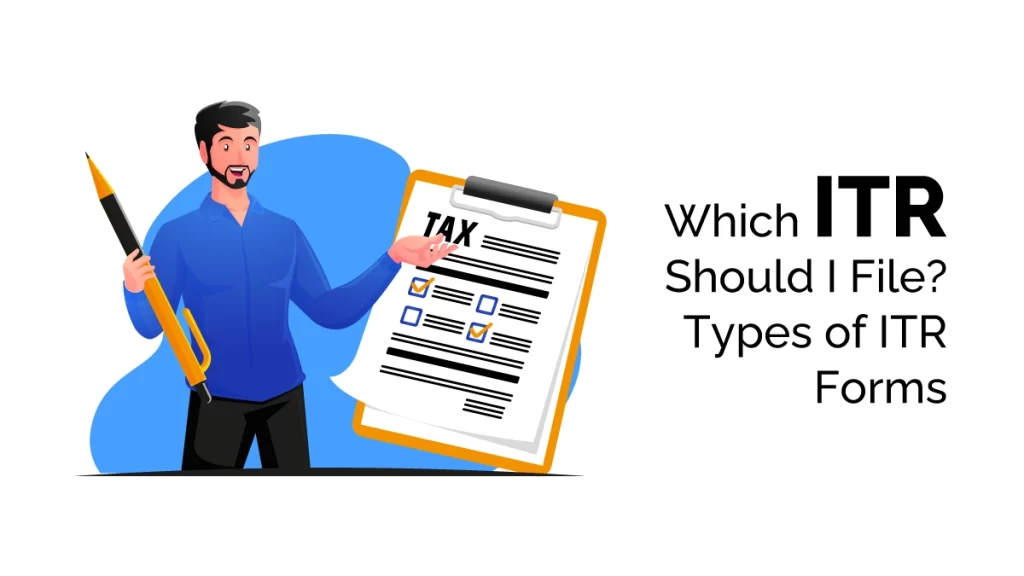Section 80DD and Section 80DDB are two different sections of the Income Tax Act in India that provide deductions for certain medical expenses. These sections are often used by individuals to reduce their taxable income based on expenses related to the treatment of specified disabilities and critical illnesses.
Here’s a brief overview of each section and the key differences between them:
-
Page Contents
ToggleWhat is Section 80DD? Claim Deduction & Certificate
- Section 80DD provides a deduction to an individual or Hindu Undivided Family (HUF) for expenses incurred on the medical treatment, training, or rehabilitation of a dependent with a disability.
- The disability must be severe in nature and fall under specific categories defined by the Income Tax Act.
- The deduction limit for FY 2022-23 is ₹75,000 for a disability, and if the disability is severe (80% or more), the limit is ₹1,25,000.
- The dependent can be a spouse, children, parents, or siblings.
-
What is Section 80DDB? Claim Deduction & Certificate

- Section 80DDB provides a deduction for medical expenses incurred on the treatment of specified critical illnesses for the taxpayer or their dependent.
- The diseases covered under this section include specified diseases like cancer, chronic renal failure, AIDS, and others. The complete list is provided in the Income Tax Act.
- The deduction limit for FY 2022-23 is the actual expenses incurred or ₹1,00,000, whichever is less.
- To claim this deduction, you need a certificate from a specialist medical practitioner.
What are the Key Differences of 80DD vs 80DDB?
- Nature of Deduction:
- Section 80DD is related to deductions for the treatment and care of dependents with disabilities, while Section 80DDB is for the treatment of specified critical illnesses.
- Eligibility:
- Section 80DD can be availed by individuals and HUFs for expenses incurred on dependent family members with disabilities.
- Section 80DDB can be availed by individual taxpayers and HUFs for their own treatment or the treatment of dependent family members with specified critical illnesses.
- Deduction Limits:
- Section 80DD has fixed deduction limits depending on the severity of the disability (₹75,000 or ₹1,25,000).
- Section 80DDB allows a deduction for the actual expenses incurred or ₹1,00,000, whichever is lower.
- Medical Certificate:
- To claim a deduction under Section 80DD, you generally do not need a specific medical certificate, but you may require a disability certificate.
- To claim a deduction under Section 80DDB, you need a certificate from a specialist medical practitioner specifying the critical illness and the expenses incurred.
Conclusion
In both cases, it’s important to keep all relevant medical documents and certificates as proof of the expenses and eligibility for the deductions. It’s also advisable to check the latest tax rules and regulations as they may change from one financial year to another. Consulting a tax expert or accountant can be helpful when claiming deductions under these sections to ensure compliance with tax laws.


















